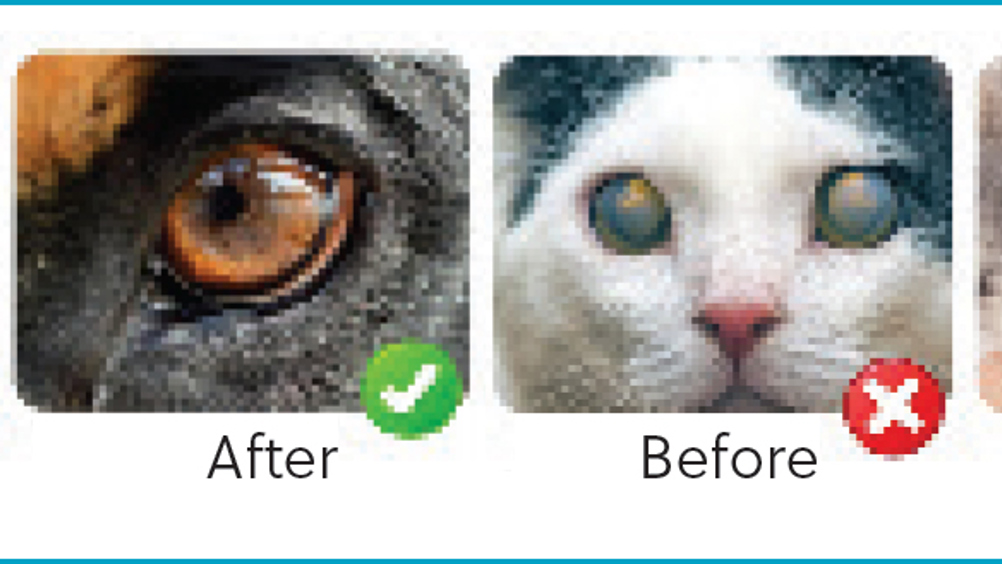References
Nutraceuticals in veterinary ophthalmology: fact, fiction or both?

Abstract
This review examines the use of nutraceuticals in canine and feline ocular diseases, highlighting their potential benefits and the dangers of misinformation. While certain products like curcumin, beta-glucans and resveratrol show promise against feline herpesvirus, false claims surrounding L-carnitine for cataracts are emphasised. While L-carnitine may slow cataract progression, it cannot reverse cataracts or replace surgery. Alpha-lipoic acid, an antioxidant, holds potential for diabetes-related cataracts, while lutein, zeaxanthin and other carotenoids might slow age-related changes. Despite limited evidence, neuroprotective substances like grape seed extract, omega-3 fatty acids, lutein, zeaxanthin and vitamins are used for degenerative retinal and optic nerve diseases, aiming to slow or prevent vision loss. Future research is crucial to solidify their efficacy and avoid misleading pet owners.
The discovery, development and marketing of food supplements, nutraceuticals and related products are currently the fastest-growing segments of the food industry (McCusker et al, 2016). Dietary supplements are defined as concentrated forms of vitamins, minerals, amino acids, herbs, botanicals or nutraceuticals. Unlike foods, these products are taken in specific dosages through capsules, tablets, pills, powders, soft gels or gel caps (Castro-Castañeda et al, 2022). Nutraceuticals are supplements derived from food sources. They contain specific bioactive agents in either higher concentrations than found in a balanced diet or equivalent amounts and contribute to enhancing pharmacological treatments, delaying, improving or even preventing diseases (Castro-Castañeda et al, 2022).
Supplements and nutraceuticals are commonly used in human ophthalmology for supportive treatment of age-related macular degeneration, glaucoma, cataracts, keratoconjunctivitis sicca and diabetic retinopathy (McCusker et al, 2016; Castro-Castañeda et al, 2022).
Register now to continue reading
Thank you for visiting UK-VET Companion Animal and reading some of our peer-reviewed content for veterinary professionals. To continue reading this article, please register today.

